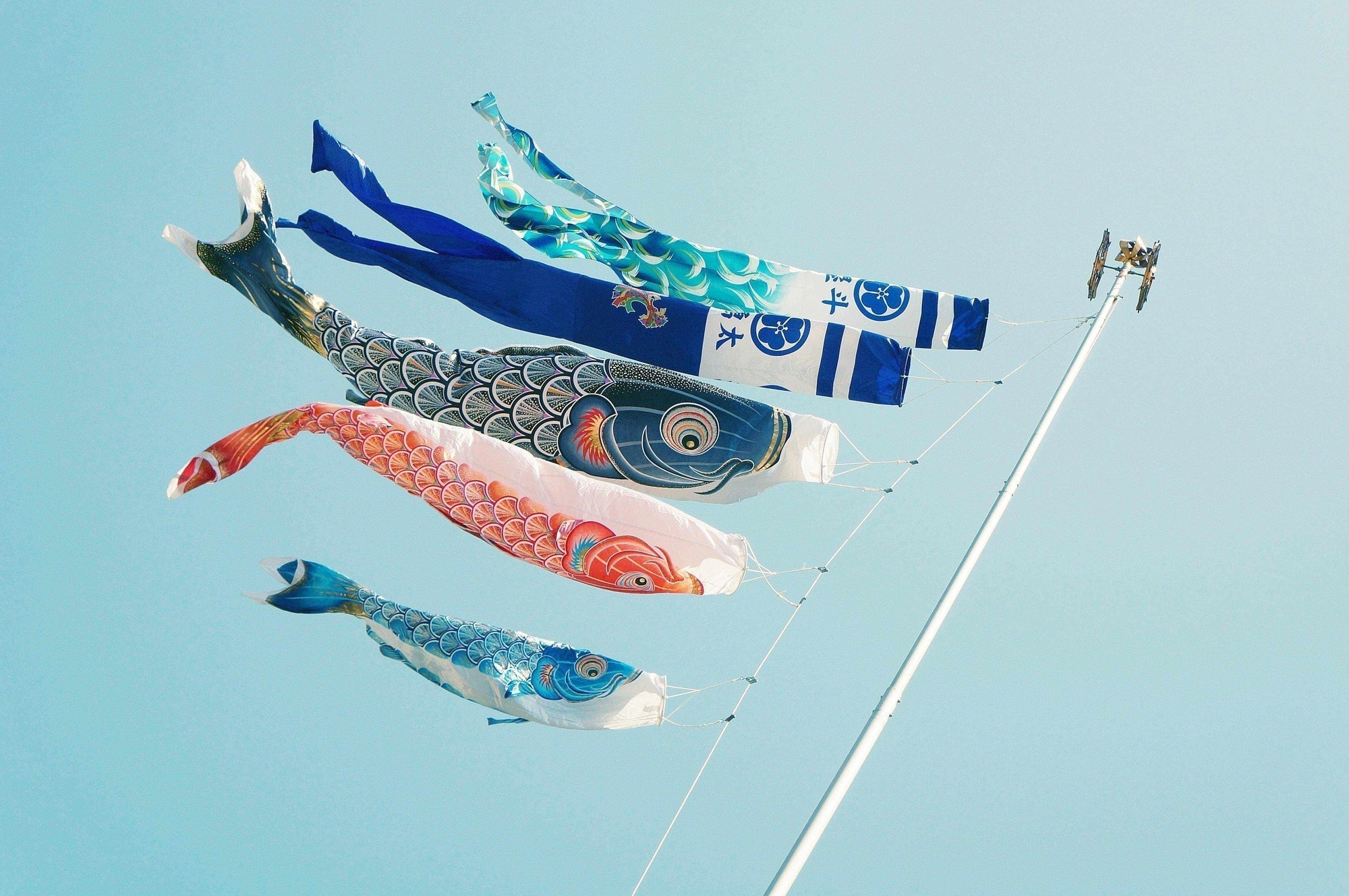
Koi fish are beautiful additions to any pond ecosystem, but they also hold powerful significance in some East Asian cultures. In Japan, the term ‘koi’ refers to the general species of carp, both wild and captive. The colorful species of koi that we see in most ponds have been artificially selected for generations for their vibrant colors. For centuries, these fish have been solidified in the East as symbols of abundance, good fortune, perseverance, beauty, and strength.
Koi fish were brought into China approximately 2000 years ago primarily as a source of food. The fish eventually made their way to Japan, where they were kept in rice paddy fields. Over time, as the koi started to breed, the Japanese noticed that some of the generations of koi were developing beautiful colors. Knowing this, the Japanese began to breed the fish for their decorative appeal.
Wild koi fish are known for their strength as they swim up river against powerful currents. One popular story that emerged from this fact is the legend of koi that turn into dragons. As the story goes, there was once a magnificent Dragon’s Gate on top of a waterfall in the Yellow River. Many brave koi tried to swim and leap up the waterfall, but the powerful current made it impossible for them to reach the gate. Only the most determined and perseverant koi fish made it to the gate. These powerful koi emerged from the other side of the gate as powerful dragons. The story symbolizes how one must work very hard to achieve their highest goals.

May 5th in Japan is Children’s Day, in the hopes that children will grow up to be healthy and strong like the koi fish in the story. Throughout April and May, it is common to find “Koinobori”, or carp streamers (pictured above), hung outside of homes in Japan in celebration of Children’s Day.
Koi fish are prominent symbols throughout Chinese and Japanese mythology and art. As the above story shows, koi fish represent strength and determination, but koi fish have many associations. In Japan, they are also traditionally known as symbols for good luck and fortune. Their images have also been used to symbolize wealth and abundance.


